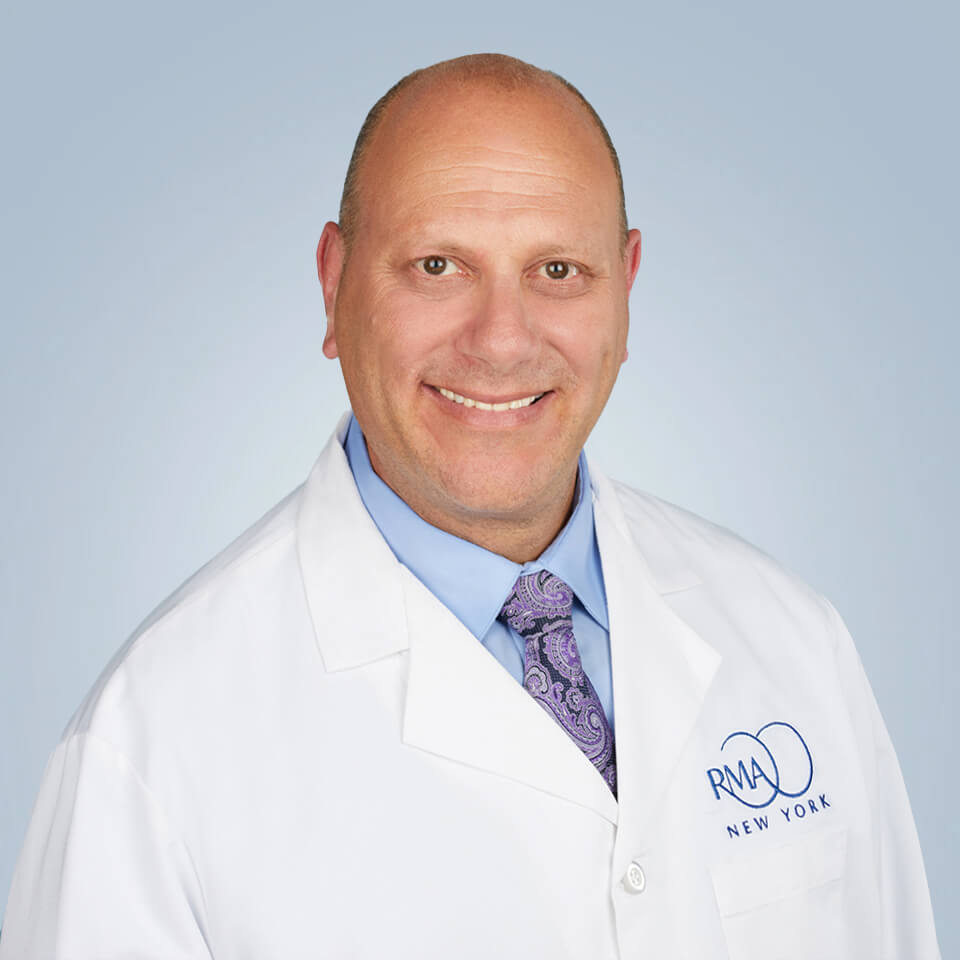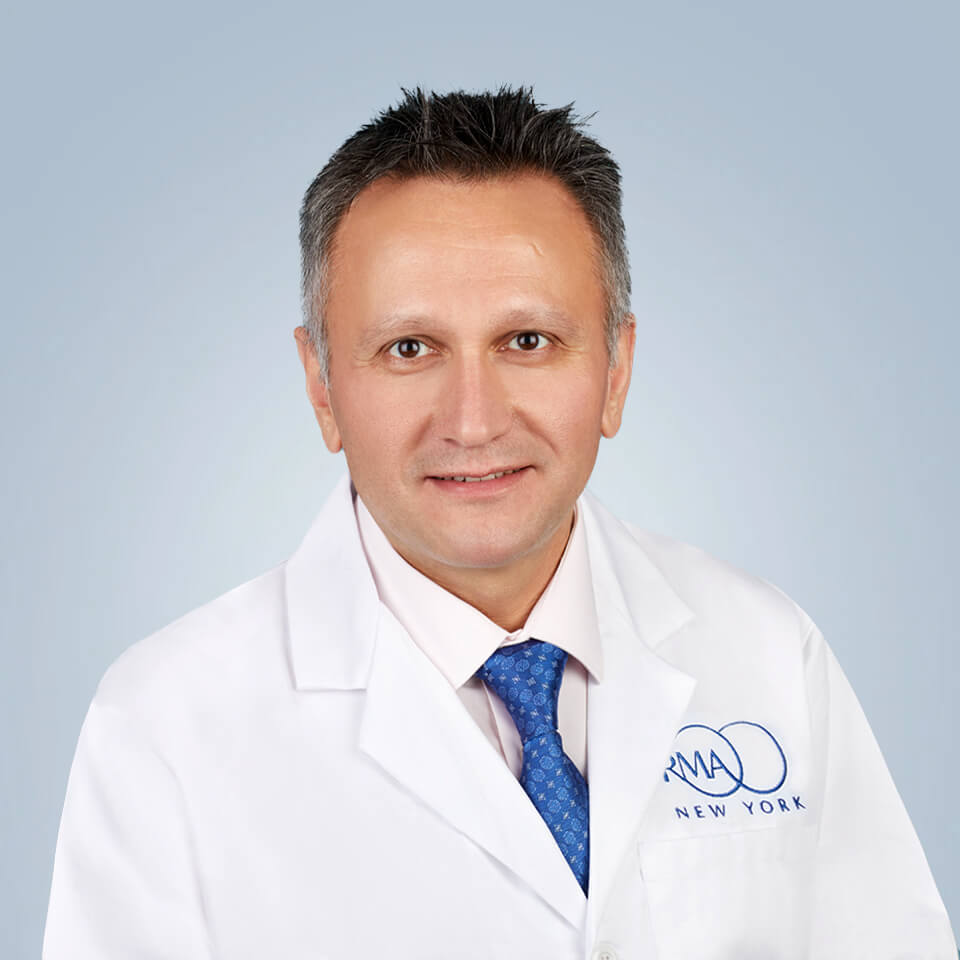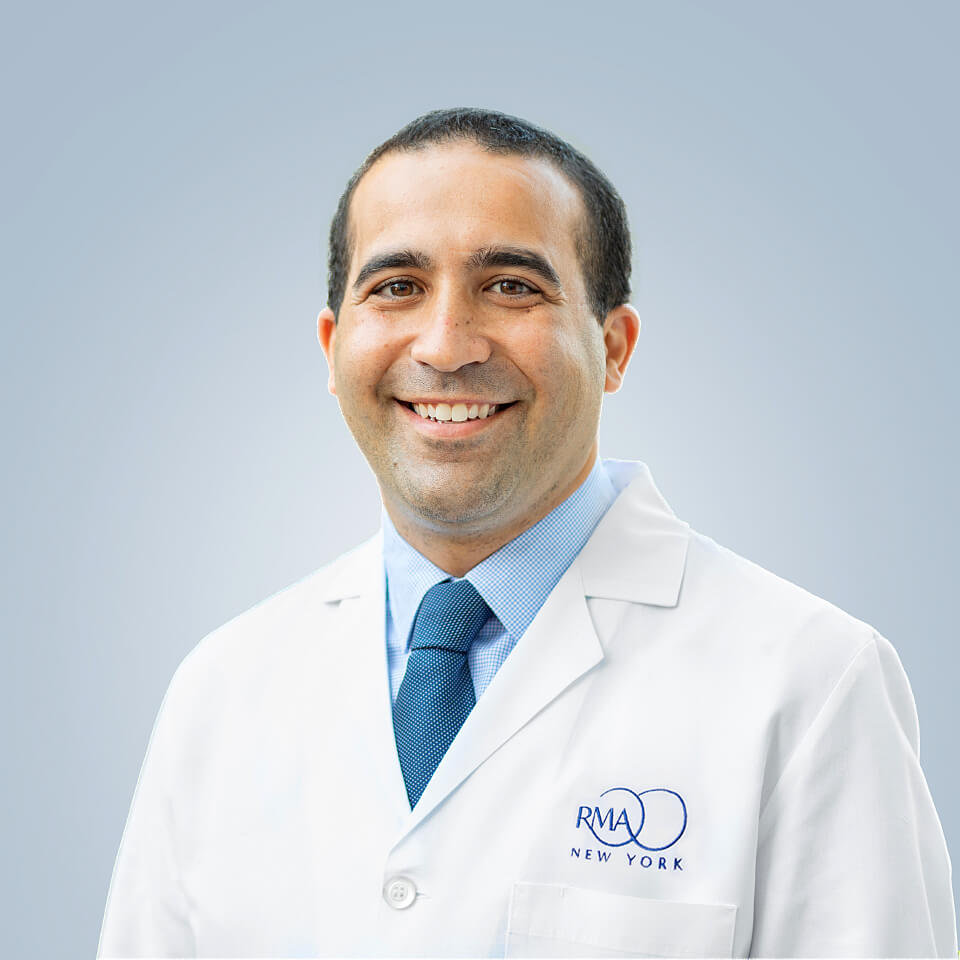
When it comes to IVF, lesbian couples have the option of pursuing either “traditional” IVF or Co-IVF. IVF involves utilizing one partner’s eggs to create embryos and that same partner will carry the pregnancy. In Co-IVF, both female partners are involved in the IVF and pregnancy process. One partner’s eggs are used to create embryos, then one of those embryos is placed in the other partner’s uterus to carry the pregnancy.
Click here to learn about Co-IVF for Lesbian Couples.
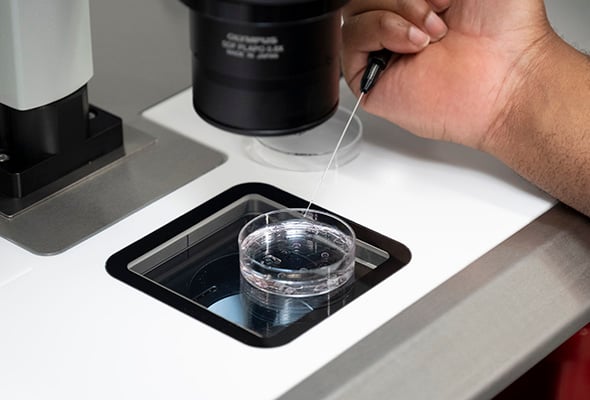
IVF is performed by reproductive medicine physicians who specialize in the procedure. IVF was originally developed in the early 1970’s to treat infertility caused by blocked or damaged fallopian tubes. Louise Brown, born in the United Kingdom in 1978, was the first baby conceived with the help of IVF. She made headlines again in 2006 when she went on to naturally conceive a healthy baby of her own. The technology of IVF and advanced reproductive technologies has improved markedly since then; and over 10 million babies have been born since Louise Brown with the help of IVF.
IVF with Donor Sperm Involves Six Steps:
![]()
Step 1: Fertility Testing and Diagnostics
Prior to beginning fertility treatment, your physician will perform a consultation with you to discuss your medical history and family-building goals, as well as complete a diagnostic workup in order to develop an individualized treatment plan. This often includes blood work and a transvaginal pelvic ultrasound to determine your ovarian reserve (the quantity of eggs in the ovaries), and to gauge how your body will respond to fertility medications.
Donor Sperm
At your consultation, you will also discuss whether you plan to use sperm from a non-identified donor (also called an anonymous donor) or a directed/identified donor (also called a known donor). Sperm from a non-identified (anonymous) donor can be purchased from a licensed sperm bank, such as Fairfax Cryobank. The donor and sperm are pre-screened and vials are often available for immediate purchase and shipment.If you choose to use a directed (known) donor, we will refer you to Aligneage Fertility, a boutique clinic offering personalized and evidence-based andrology services, to complete the necessary medical examination and screening of directed donor sperm. Directed donor sperm must be tested and quarantined for six months, and then re-tested to rule out HIV and other transmissible diseases. When using a directed donor, it is important to factor in the six-month quarantine period into your family-building plan. Because using a directed donor can raise both legal and other issues, it is important to consult with a reproductive lawyer and counselor who specialize in donor conception. A member of the RMA of NY team can provide recommendations for trusted sperm banks, reproductive lawyers, and counselors.
![]()
Step 2: Ovarian Stimulation and Monitoring
During an IVF cycle, the same hormones the body makes naturally are given as injections in higher doses in order to stimulate the ovaries into producing more eggs than usual. During this stage, our physicians perform frequent monitoring (blood work and transvaginal pelvic ultrasounds) to see how your ovaries are responding to the medication and check if any dosage adjustments are needed. When the ovarian follicles containing the eggs reach a certain size, a final injection “trigger shot” is administered prior to the egg retrieval procedure.
![]()
Step 3: Egg (Ovum) Retrieval
Egg retrieval procedures take place at one of our 4 full-service locations. There is no need to go to a separate hospital. While the patient is under light sedation, the reproductive endocrinologist aspirates (extracts) mature eggs from the ovaries via transvaginal pelvic ultrasound guidance. Egg retrieval is a minimally invasive procedure that normally takes less than 15 minutes. Patients can typically resume normal activity by the next day.
![]()
Step 4: Sperm Preparation
If using non-identified donor sperm, RMA of New York will coordinate with your chosen sperm bank to have sperm vials shipped and delivered to our office in advance of your IVF cycle. If using a directed donor, sperm will be present at RMA of NY in advance of your IVF cycle, due to the necessary quarantine period.
![]()
Step 5: Fertilization and Embryo Testing
On the day of your egg retrieval, frozen donor sperm will be thawed and prepared. Inside the RMA of New York IVF laboratory, an embryologist using a high-powered microscope will fertilize the retrieved eggs, either by placing the eggs and sperm together in a petri dish, or by individually injecting a sperm cell into each egg via ICSI (intracytoplasmic sperm injection).
Intracytoplasmic Sperm Injection (ICSI)
Often intracytoplasmic sperm injection (ICSI) is used to assist in fertilization. During ICSI, the embryologist injects a single healthy sperm into each egg cell using a very fine needle in order to initiate fertilization. This technique may be used if you are using a known donor and sperm quantity or quality is an issue, or if there are other known issues with fertilization.Preimplantation Genetic Testing (PGT)
Commonly, Preimplantation Genetic Testing (PGT) may be performed after fertilization in order to test the embryos for specific genetic abnormalities. During PGT, a very small sample is taken from the embryo and genetically analyzed or sequenced in order to help identify the healthiest embryo for transfer. Embryos are then frozen until the results return.![]()
Step 6: Embryo Transfer / Frozen Embryo Transfer
Once healthy, mature embryos have been created, the healthiest embryo is selected to be placed into the uterus. This can be done following retrieval or by undergoing a frozen embryo transfer (FET). During FET, the patient may take fertility medications to prepare the uterus for optimal implantation or track ovulation to time the transfer.
Using a transabdominal ultrasound to guide a small catheter through the patient’s cervix, the fertility physician places the embryo into the uterus so that implantation can occur. The procedure is typically painless but can cause mild cramping.
If there are additional viable embryos that are not used during transfer, they can remain frozen for later use. After a week or so, the patient will undergo a pregnancy test to confirm pregnancy.

Building Your Family with Donor Sperm
RMA of New York partners with Fairfax Cryobank to connect our patients to high-quality donor sperm and advanced donor selection technology. Learn more about Fairfax Cryobank and exclusive benefits for RMA of New York patients.
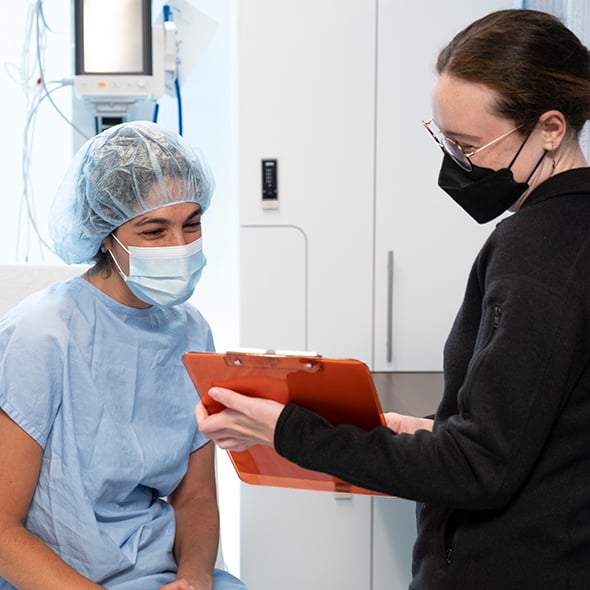
Our dedicated LGBTQIA+ Care Coordinator is available to answer any questions you may have and schedule appointments: lgbtqcc@rmany.com.
Other Treatment Options for Lesbian Couples and Individuals
IUI (Intrauterine Insemination) for Lesbian Couples
IUI involves placing concentrated sperm into the uterus around the time of ovulation.
Learn MoreFamily-Building for Trans and Gender Diverse Couples and Individuals
Trans and gender diverse individuals and couples have a variety of options for fertility care depending on their unique situation. The most commonly used options include fertility preservation, IUI, IVF, donor egg, donor sperm, and surrogacy. Many of our patients also utilize genetic testing to increase their chances of success.
Learn More
Featured Resources
![Ep 171: Fertility and Perimenopause Dr. Adrienne Mandelberger]() Podcast
PodcastEp 171: Fertility and Perimenopause Dr. Adrienne Mandelberger
Perimenopause is a topic that is not discussed often enough and having the conversation helps …
Read More![The River Journal: A Journey Through Loss, Hope, and the Miracle of Life: One Couple’s IVF Story]() News & Press
News & PressThe River Journal: A Journey Through Loss, Hope, and the Miracle of Life: One Couple’s IVF Story
A patient of Dr. Rachel Gerber's at RMA of New York’s Westchester practice opens up about her …
Read More![Evaluation and Management of Recurrent Pregnancy Loss]() Blog
BlogEvaluation and Management of Recurrent Pregnancy Loss
Recurrent pregnancy loss (RPL) is commonly defined as two or more clinical miscarriages. RPL is …
Read More
Get Started
It’s never too early to learn about your fertility and reproductive options.
Have questions?
We can help.
Patient-centric reproductive medicine is our specialty, and we look forward to answering any questions you may have.













